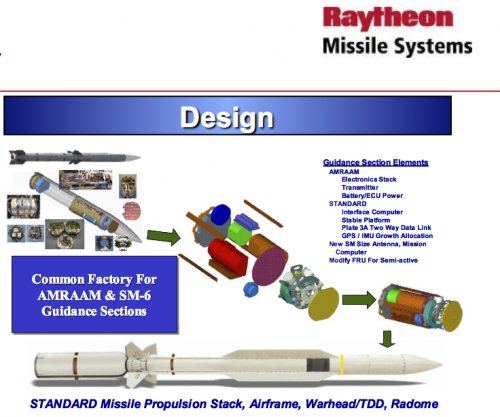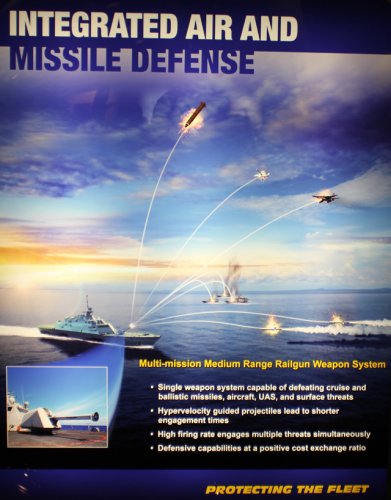- Joined
- 3 June 2011
- Messages
- 18,305
- Reaction score
- 12,130
marauder2048 said:Probably got lost in the chatter but I was referring to the CSBA analysis in which the surface fleet did not have access (for whatever reason) to carrier AWACs/ISR assets.
That being the case I'd think you'd be limited by the horizon then. Unless a satellite is feeding the surface ship ELINT information on the enemy aircraft/missile there wouldn't be anything to acquire targeting data for the mid-course updates.


